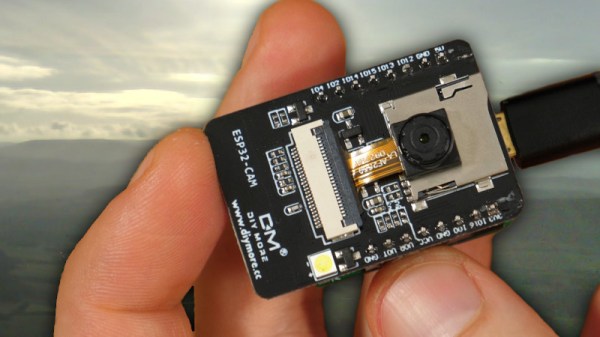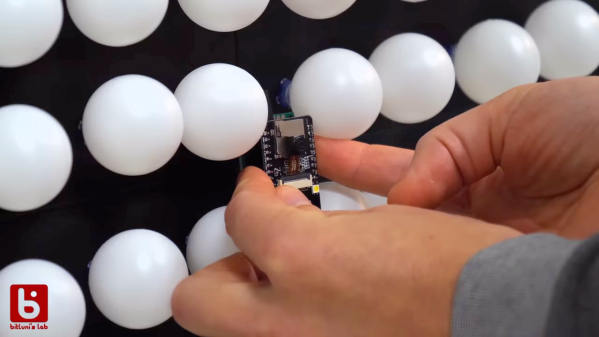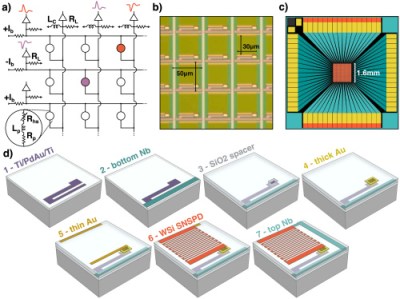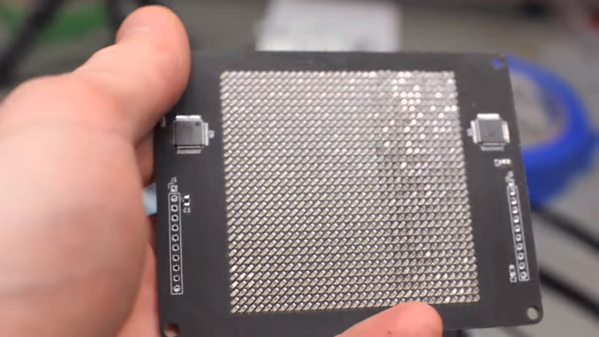Getting by without falling under the gaze of surveillance cameras doesn’t seem possible nowadays – from malls to street corners, it’s getting more common for organizations to use surveillance cameras to keep patrons in check. While the freedom of assembly is considered a basic human right in documents such as the US Condition and the Universal Declaration of Human Rights, it is not a right that is respected everywhere in the world. Often times, governments enforcing order will identify individuals using image recognition programs, preventing them from assembling or demonstrating against their government.
Freedom Shield built by engineer [Nick Bild] is an attempt at breaking away from the status quo and giving people a choice on whether they want to be seen or not. The spectrum of radiation visible to humans maxes out around 740nm, allowing the IR waves to remain undetected by normal observers.
The project uses 940nm infrared (IR) LEDs embedded in clothes to overwhelm photo diodes in IR-sensitive cameras used for surveillance. Since the wavelength of the lights are not visible to humans, they don’t obstruct normal behavior, making it an ideal way to hide in plain sight. Of course, using SMD LEDs rather than the larger sizes would also help with making the lights even less visible to the naked eye.
The result doesn’t perfectly obscure your face from cameras, but for a proof-of-concept it’s certainly a example of how to avoid being tracked.


















